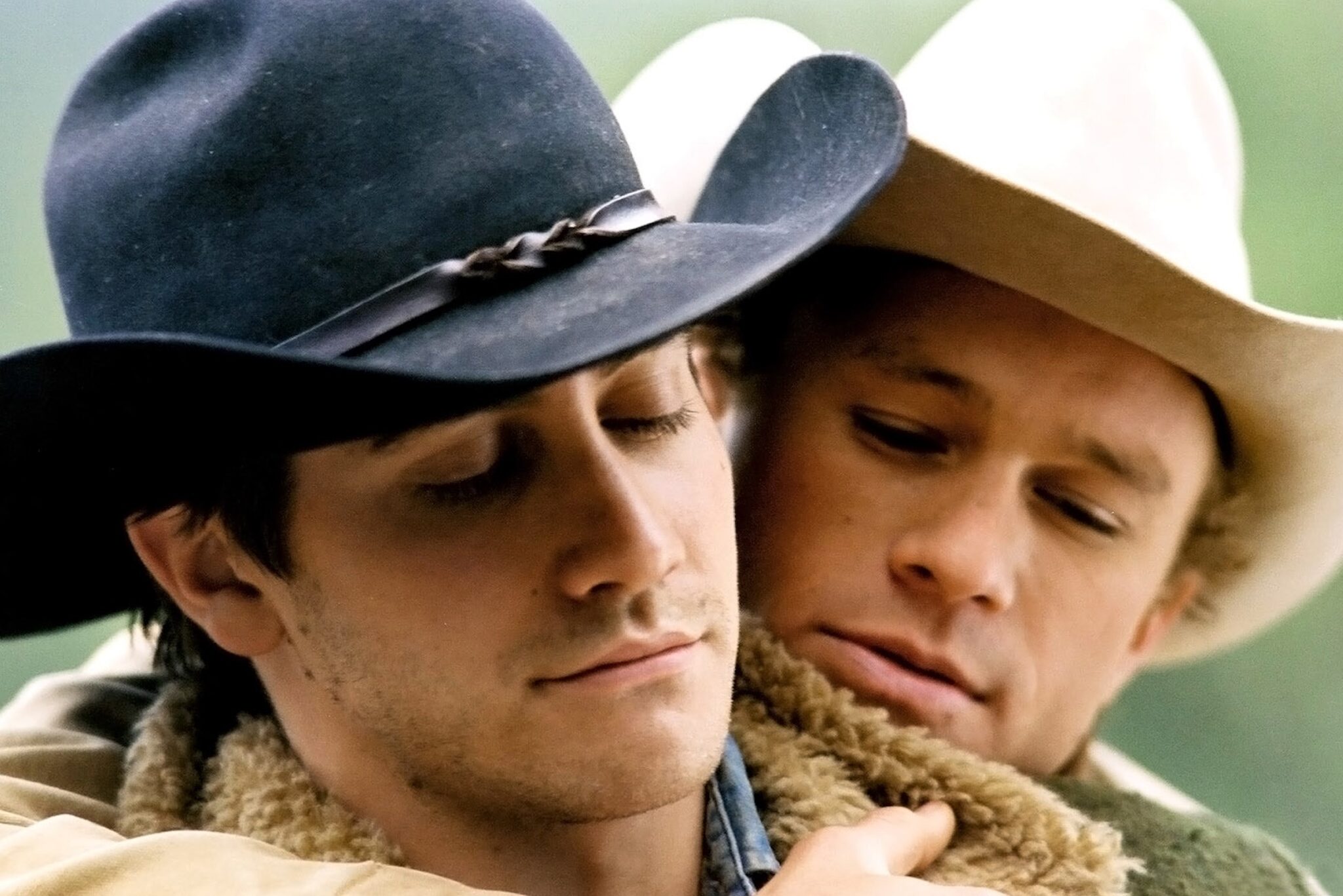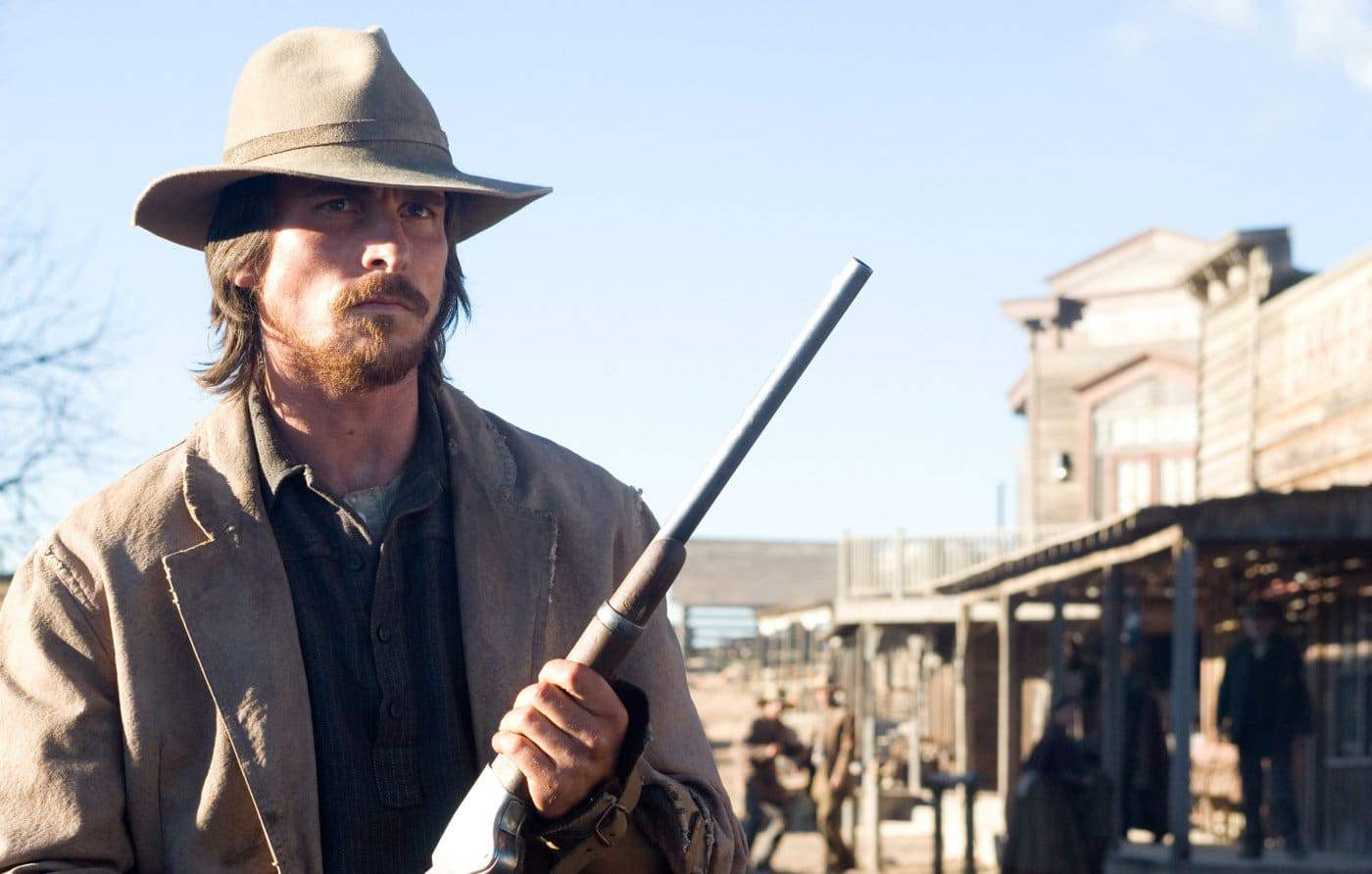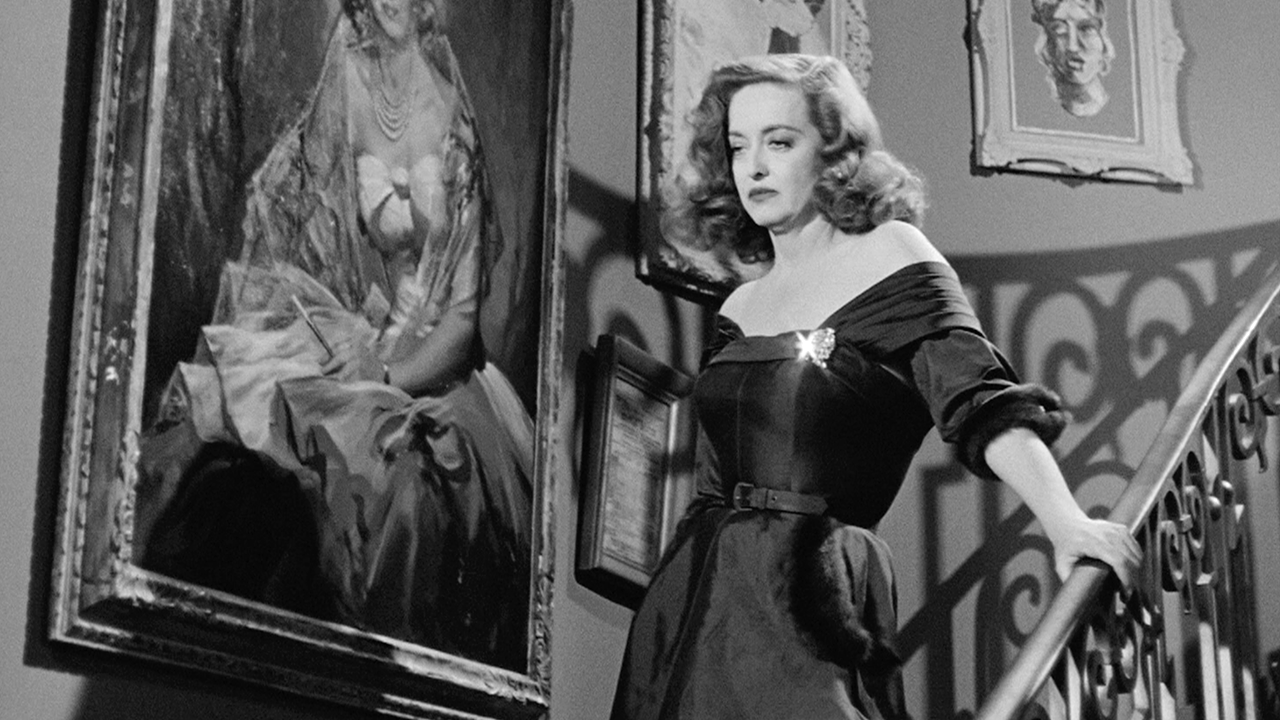Many Hollywood movies are adapted from short stories, mostly because they are often easier to adapt than longer, sprawling novels with lots of characters and locations. The Invisible Man, Brokeback Mountain, Arrival, Breakfast at Tiffany’s, 3:10 to Yuma, Apocalypse Now, Memento, All About Eve, Secretary, 2001: A Space Odyssey and The Shawshank Redemption are all great movies adapted from short stories and have stayed relevant with modern audiences. So, what do you need to know to write one? Here are some basic guidelines to get you started on how to write a short story.
Got a great short story? Enter it into the ScreenCraft Cinematic Short Story Competition!

How Long is a Short Story Typically?
A short story typically ranges anywhere from 1,000 to 15,000 words, though there is no hard and fast rule. The story may be told from a first-person or third-person point of view and sometimes is divided into chapters or sections. Like a novel, a short story may use various literary techniques like foreshadowing, symbolism and irony to elevate the story and make it more interesting.
Read More: 12 Best Short Stories to Read for Screenwriting Inspiration
Settings for Short Stories
Short stories are meant to be read in a single sitting and function as an escape to a world different from our own. So treat your short story like a vacation to an intriguing place that offers exciting locations, institutions or creatures. There’s nothing wrong with setting your short story at a local grocery store, just remember your word count is limited and you want to create as much novelty and excitement as possible to hook your reader upfront. Brainstorm all the settings you personally are curious about and start there. Short stories tend to take more risks with their settings, which is likely the reason short stories are so popular with so many sci-fi writers.

Brokeback Mountain (2005)
Characters in Short Stories
Characters in a short story don’t have to be typical or commonplace. They can be a Neanderthal, something supernatural like an angel or devil, a rickety old house, a dire wolf, even a newborn baby. Keep in mind that short stories typically don’t have more than three main characters: a protagonist, an antagonist, and a catalyst – a character that accelerates the action in a story, forcing the protagonist to change. Because there are so few characters, the story is focused on the protagonist’s main problem, making the conflict and obstacles very clear.
Read More: What Hollywood Wants (And How to Give It To Them): Intellectual Property
How to Plot a Short Story
Because of the limited number of words, keep it simple. It’s likely a 5,000-word story will only allow your protagonist to attempt to achieve one goal or activity. Make it something familiar or easy for the reader to grasp. There is no room for a B or C story.

3:10 to Yuma (2007)
Start your story as close to the climax as possible
It’s important to start your story as close to the climax as possible to give the story a sense of urgency. A visit from an old friend, a high school reunion or even a break in the weather can create a window allowing the protagonist a limited time to get to the climax.
For example: Maybe your protagonist, we’ll call her Sue, is an astronaut whose dream is to go ice fishing on Europa, Jupiter’s smallest moon. If the climax in the story is Sue catching an alien sea creature, maybe a brief heat wave will give Sue a short window to achieve her goal.
Add to the story that Sue is using the fishing pole her recently-deceased father gave her as a child back on earth, and you’ve created history and an emotional through-line. You might start the story with Sue quickly preparing her pole, bait and tackle – just the way her father taught her – before she sets out to take advantage of the good weather. Will her father’s style of fishing work the same way on Europa? She’s certain of it – but is she in for an unexpected surprise?
Read More: Why Do Short Stories Make Great Movies?

All About Eve (1950)
Conflict comes in all shapes and sizes
Explore multiple sources of conflict – the more the better. Things like other people, weather, difficult terrain, even self-doubt all create conflict for your protagonist.
Example: As Sue becomes more and more focused on catching a fish, she might neglect her research duties, causing pushback from her colleagues at NASA. She might get caught in unexpected bad weather and begin to doubt her fishing abilities. Sue might even experience equipment interference from mysterious radio waves coming from another of Jupiter’s moons, increasing the amount of risk she’s taking on. All these things make it more difficult for Sue to achieve her goal of catching a fish.
One thing to keep in mind is that short stories are often more about character and theme than plot. You don’t have a lot of space to develop complex plotlines, so focus on creating well-rounded, relatable characters and exploring themes that will resonate with your readers.
Example: Sue is relatable because she loves and misses her father, is single-minded in her goal to catch a fish (the plot) and doesn’t want to let go of the past despite being in a new world (theme).
Read More: 8 Films You Didn’t Know Were Based on Short Stories

2001: A Space Odyssey (1968)
Ending
Short stories are famous for using irony, especially when it comes to the ending. This can also include having a big reveal or surprise known as a twist ending. The bottom line is that the reader shouldn’t see the ending coming. It should take them by surprise and exemplify the theme in an unexpected way. Take your time with your ending and put your protagonist through as much turmoil as possible to get there, both emotionally and physically.
For Sue, maybe she finally catches a fish but must eschew the techniques her father taught her, causing her anguish about her life’s purpose and shattering her sense of self. Let your ending be emotional, full of risk and even loss.
Go for Big Emotions
The purpose of telling any story, no matter the length, is to make the reader/audience feel something deeply and experience catharsis. Reading about someone going through a traumatic, dangerous experience helps us to process our own trauma and often find hope. Exploring primal needs like survival, love, freedom, and justice can evoke major emotions in short stories.
A well-written short story can be an intellectual vacation for a reader while keeping the experience short and sweet. A short story can transport the reader to unfamiliar worlds and examine a theme that may be difficult to work into a larger story or feel belabored if too much time is spent on it. A short story is hyper-focused and by nature of the limited word count, does not meander – it gets to the point quickly without a lot of extraneous characters or secondary storylines.
Short stories should be fun to write and take the reader to unexpected places without overwhelming them with too much information. Don’t be afraid to take risks and experiment with the above elements. Short stories are a great place to try out new writing styles and techniques.
Read More: Should Screenwriters Adapt Their Screenplays into Novels and Short Stories?
CHECK OUT OUR PREPARATION NOTES SO YOU START YOUR STORY OFF ON THE RIGHT TRACK!
The post How to Write a Short Story appeared first on ScreenCraft.
Go to Source
Author: Shanee Edwards


